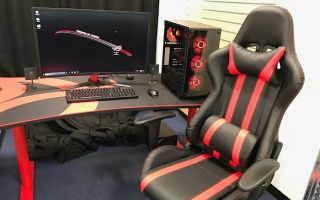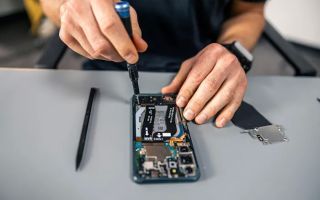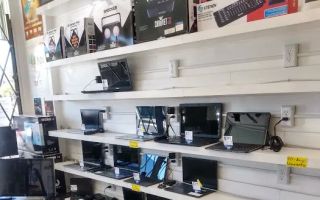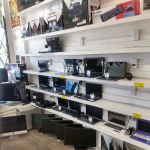How to Test if Your USB Boot Media Works Correctly
- Why Testing USB Boot Media is Important
- Step-by-Step Guide to Testing USB Boot Media
- Common Problems and Solutions When Testing USB Boot Media
- Real-Life Experiences and Tips for Successful Testing
- Best Tools and Software for USB Boot Testing
Why Testing USB Boot Media is Important
Testing your USB boot media is crucial, especially if you rely on it for operating system installation or recovery. A faulty boot media can lead to wasted time, stress, and potential data loss. By ensuring your USB drive is correctly set up and functioning, you guarantee a smooth boot process when you need it most.
Whether you're using a bootable USB for installing a fresh OS, troubleshooting a system, or recovering data, having reliable boot media is essential for ensuring a seamless experience. Proper testing helps avoid issues such as corrupt files or incorrect boot configurations, ensuring that your device boots up as expected every time.
Step-by-Step Guide to Testing USB Boot Media
Here’s how you can test if your USB boot media works correctly:
- Step 1: Prepare the System – Ensure your computer or device is set to boot from USB. You can configure the boot order in the BIOS or UEFI settings by pressing the designated key (often F2, F12, or ESC) when you start the computer.
- Step 2: Insert the USB Drive – Plug in the USB drive that contains your bootable media into an available USB port.
- Step 3: Restart the System – Reboot your system and check if it boots from the USB drive. If successful, you should see the bootable media interface, such as an OS installation screen or recovery tool.
- Step 4: Check for Errors – If the system doesn’t boot from the USB, double-check the BIOS/UEFI settings, ensure the USB is properly formatted, and verify that the bootable media is correctly created.
Common Problems and Solutions When Testing USB Boot Media
While testing your USB boot media, you might encounter a few common problems. Here’s how you can solve them:
- Problem: System Doesn’t Recognize the USB Drive – Ensure the USB is properly inserted and formatted. If the system doesn’t detect the USB, try using a different USB port or reformatting the drive.
- Problem: Boot Process Starts but Stops Unexpectedly – This might be due to corrupted boot files or incomplete installation. Recreate the bootable USB using reliable tools like Rufus or Etcher.
- Problem: Incorrect Boot Order – Check the BIOS/UEFI settings to ensure that the bootable USB is set as the primary boot device.
Real-Life Experiences and Tips for Successful Testing
Many users have shared their experiences with testing USB boot media. John, an IT professional, shared that he always tests his bootable USB drives on a secondary machine before using them in crucial situations. He also recommends creating a bootable media with at least 8GB of storage for better performance.
Another tip comes from Sarah, who faced a boot error when using a third-party tool to create her bootable media. After switching to the official tool from the OS provider, her testing process went smoothly, and the USB worked perfectly.
Best Tools and Software for USB Boot Testing
When creating and testing bootable USB media, using the right tools is essential for success. Here are some of the most popular and effective tools for creating and testing USB boot drives:
- Rufus: A free tool that helps you create bootable USB drives with ease. It's one of the most popular tools for creating bootable media, known for its speed and compatibility.
- Etcher: Etcher is an open-source tool that allows you to easily create bootable drives from ISO files, supporting both Windows and macOS.
- UNetbootin: UNetbootin offers a simple interface and works across multiple platforms. It’s a great tool for creating Linux-based bootable media.
- Ventoy: A newer tool that allows you to copy multiple ISO files onto a USB drive, enabling you to boot from any of them without needing to reformat the drive.
For a seamless experience, you can find these tools on their respective websites or trusted software repositories.





























